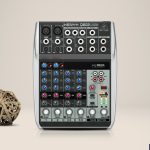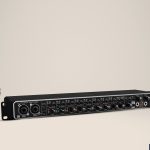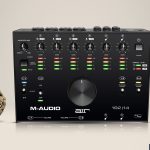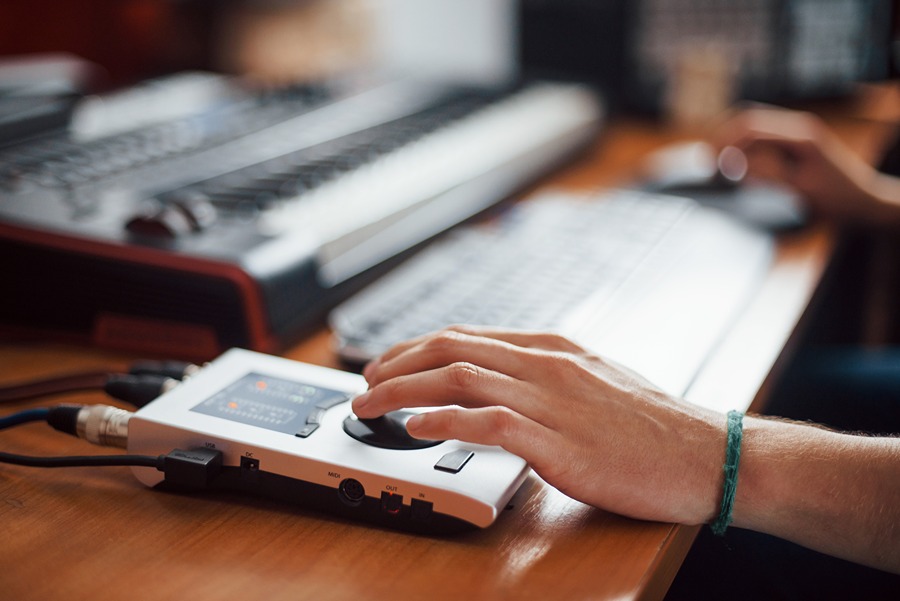
The most common issue with the newer technology hardware is how long it will last. The issue arises for the sake of adding too many features and narrowing the chip’s capacity. Some brands don’t do that, but some do, so that is why the price ranges are important.
Many of you think about whether to get or not to get an audio interface or think it’s unnecessary. Well, I have to say that if you are just a casual music listener then avoid it, it’s ok, but if you’re an audiophile or professional music producer, podcaster or you basically need an audio interface for work relations, then never avoid Purchase now.
The sound quality is an essential lack in most computers or laptops. Adding an audio interface is a great choice, but the lifespan depends on how much you have invested in it. However, expensive isn’t always better, but let’s be honest most of the time it is.
If you buy an audio interface that is neither expensive nor cheap like $50-$200, the lifespan would be no more than 5 years. If you invest more, you will gain more durability, more connectivity options, and better sound quality. Plus, the high-end models usually have newer and updated versions where you can keep up with the new features. The life of high-end models doubles the device’s lifespan which is most likely to last 7 to10 years.
I have some budget-priced audio interfaces to offer, the average one under $500 as well under $200.
Things that Make an Audio Interface’s Lifespan Shorter?
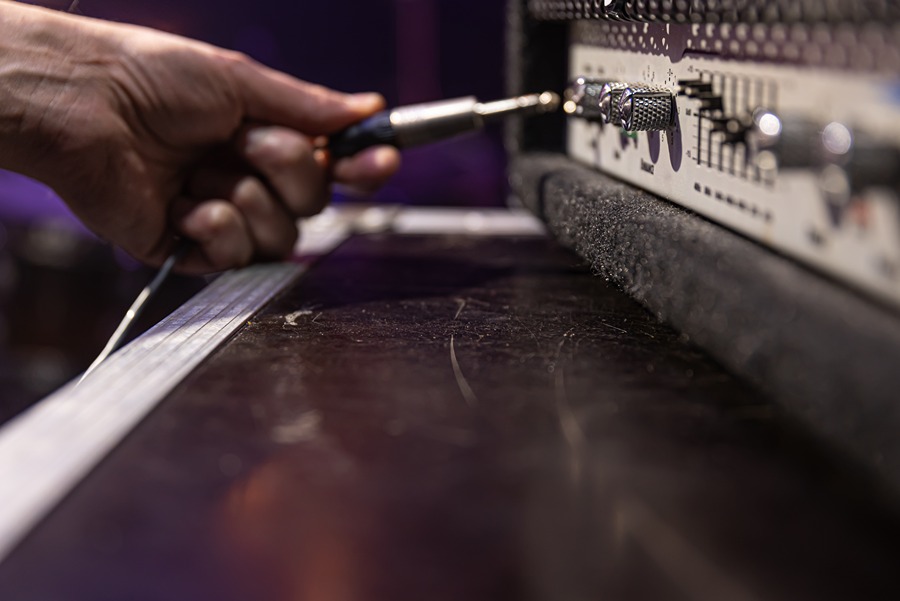
Physical Collision
Electronic devices can get broken or harmed pretty easily when you move them back and forth. An audio interface is no different than that.
Another impact that shortens the life of the audio interface is sudden drops. No matter what premium materials are used, you have to be extra careful either with the device or cable. Every time you drop the audio interface, the hitting harms the internal parts and this issue over time can result in permanent damage.
Overheating
Overheating is another issue that shortens the lifespan of the audio interface. They can get boiling hot after a long period of use and loses the proper function. If you notice a high temperature, it would be great to wait a little bit, so the device can cool down.
It would be even better if you place the audio interface somewhere where it doesn’t catch the sun or somewhere cooler, so it will have enough airflow to pass through.
Dirt & Dust
Not cleaning from time to time the audio interface can cause damage over time that you can even end up buying a new piece. When the dust enters the device, the working ventilation inside slows down. The same case happens with cable too.
To avoid dirt and dust from getting inside the audio interface, clean it with wet wipes, a damp cloth, or buy specific cleaning equipment.
Dust on the other side manages to block the airflow and the internal parts can’t handle dust gatherings and start to overheat.
The Internal Damage
If you do the things that are mentioned above carefully, it is most likely that the audio interface has internal issues. Thankfully, the internal parts can be repaired or replaced. The manufacturer gives you the warranty for a certain time, if that problem occurs during this period, feel free to ask them to check out what’s going on inside the device.
If the warranty time has passed, you can check online the broken parts, so you don’t have to get a new one.
Another not-so-internal damage can be the cable, try not to shape or force the audio interface into a curve or angle them into too many positions. To not move the cables occasionally, you have to set them somewhere stable that doesn’t get in your way.
Reasons Behind The Audio Interface Keep Clicking or Stops Working
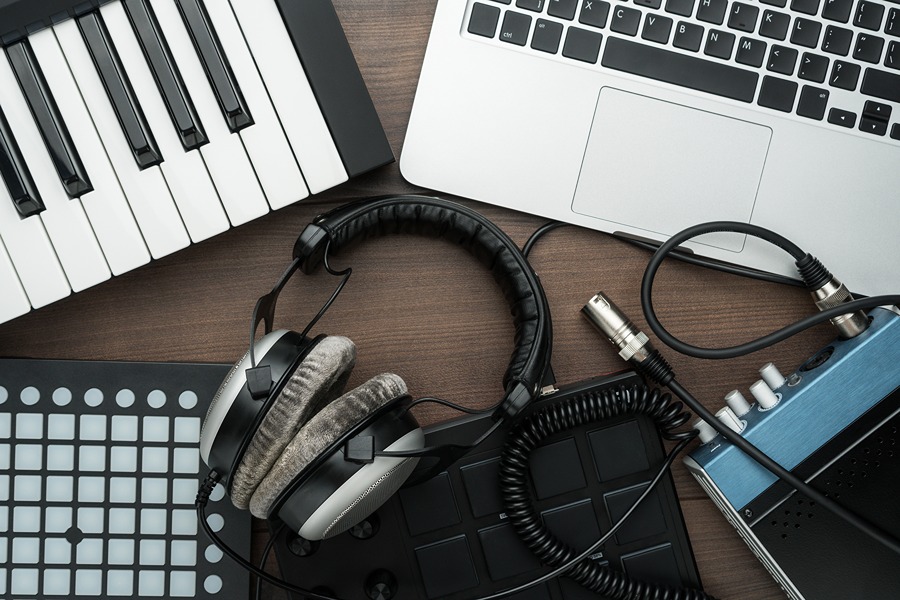
I’m sure you have experienced the case where the annoying clicking or dropping out appeared. This happens when gaps in the track are present.
Many users assume that is the manufacturer’s fault, but this is not the case. The reasons may arise because of:
1. Latency problems
Latency means the delay time between the audio interface and computer reaction. Buffer size is also known as your computer’s time to process the sounds from the audio interface to the PC. This has mainly to do with your computer’s CPU (Processor).
So, if the buffer size setting of your audio interface is relatively high while it’s working ends up clicking or stops working.
Here is the tip; keep the buffer size lower while recording, but keep it higher when you are mixing or producing.
2. Using Old or Non-original Cables
Take an example from your smartphone, I’m sure that you have noticed the charging time with the original cable and the cheap cables you get from the shops. It makes a huge difference right? Now, apply the same rule to the audio interface. this is the top issue why the audio interface keeps clicking or dropping out.
3. Antiquated Software & Drivers
When you buy an audio interface, you have the updated version together with drivers. As time passes, these things get outdated and the system does not support the new upcoming versions.
The drivers are important because it lets the computer recognize the audio interface, and on the other hand, the software is the operating system that lets you work with an audio interface. Since both are equally important, avoiding these two issues will avoid clicking and dropping out.
A Brief Summary
To sum up the article above, the average lifespan of the audio interface is 5 to 10 years. If you go for super cheap products, you may end up with less lifespan and the same rule goes vice versa where high-end products last approximately 10 years.
It is important to know what are the causes that shorten the life of the audio interface. The main reasons are physical collision, overheating because of a long time of use and the last one is not cleaning properly, so you let the audio interface collect dirt and that affects the airflow passing through.
Further Reading
Doesn’t matter if you are entry-level or professional, you need a studio monitor and this is the right place to come. Check out studio monitors for EDM, studio monitors for Rock & Metal Music, and some useful monitor monitor stands.
If the loudness of studio monitors isn’t enough, you can check out Audioengine HD3 and A2+ speakers, as well as JBL Boombox 1 and Boombox 2.
If the bass is something you can’t live without, then subwoofers for a vinyl article are made for you.
Sound Artist
I’m a Sound Artist creating immersive sonic experiences. I turn everyday objects into music, turning the mundane into something marvellous!

